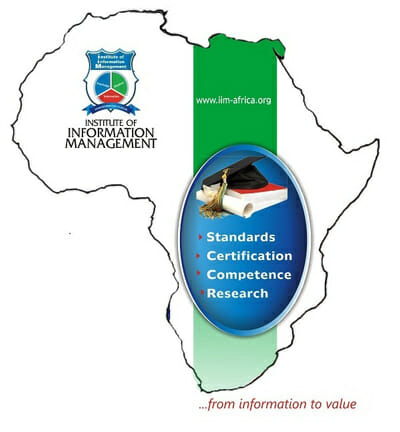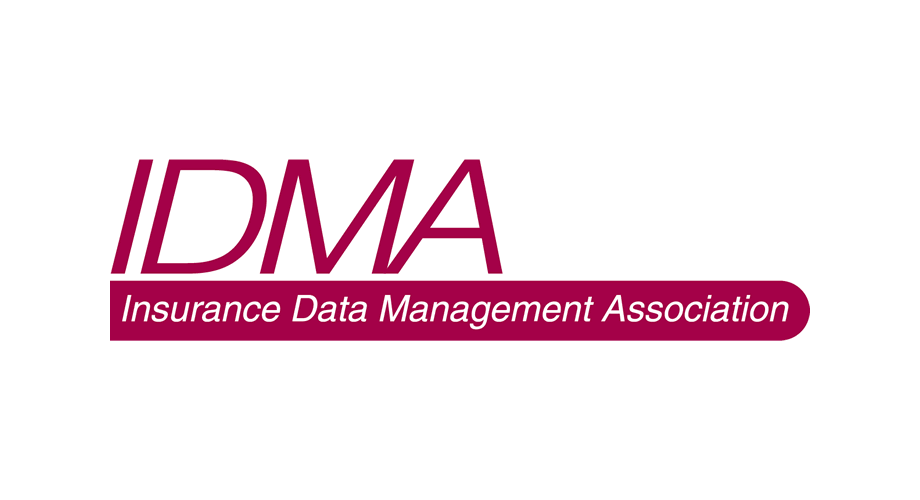Three fundamental principles: Severability, Accommodation, and Wholeness, form the basis of all fundamental business rules and policies.
What principles in the real world (not software) necessarily underlie meaningful, pragmatic expression of business rules and other elements of guidance (i.e., advices and business policies)? The OMG standard Semantics of Business Vocabulary and Business Rules (SBVR) identifies three fundamental principles: Severability, Accommodation, and Wholeness. The first principle is a matter of practical necessity. The latter two aim to avoid any and all cases of hidden semantics — no use of priorities or overrides to manipulate evaluation of business rules behind the curtains. Exactly what you express is exactly what you get!
1. The Severability Principle
Principle: The meaning of an element of guidance may be expressed separately from any other element of guidance; nonetheless, a body of shared guidance that includes the element of guidance will be evaluated as if all the elements of guidance had been expressed jointly and all had to hold true.
In everyday business, elements of guidance are individual elements of meaning that exist separately. Often, they are also expressed separately — e.g., by individual sentences. In a body of shared guidance of any size, such separate expression of dissimilar or disjoint elements of guidance is a practical necessity for readability and manageability.
In SBVR, a body of shared guidance is logically considered as a whole. In other words, each element of guidance is always applied in all situations where that element of guidance is relevant — even if expressed separately. This is true even if the element of guidance is expressed without direct reference to related elements of guidance that are relevant for the same situation.
This fundamental understanding is called the Severability Principle.[1]
The Merriam-Webster Unabridged Dictionary‘s definition of “severable” is:
capable of being severed … ; especially : capable of being divided into legally independent rights or obligations used of a statute or contract of which the part to be performed consists of distinct items to which the consideration may be apportioned so that the invalidity or failure of performance as to one item does not necessarily affect the others
This captures the sense of what SBVR means by ‘severable’. If one element of guidance is invalidated or violated somehow, the rest still apply.
It should be noted that expressing elements of guidance separately and without reference to related elements of guidance may increase the chance of conflicts, but does not create it per se. Even a single element of guidance can have internal conflicts. Conflicts must be resolved by proper specification by appropriate stakeholders, including cases where exceptions are intended.
It should also be noted that the Severability Principle does not apply across separate bodies of shared guidance. Therefore, conflicts and exceptions can only exist within a single body of shared guidance. They cannot exist across two or more bodies of shared guidance.
2. The Accommodation Principle
Principle: An element of guidance whose meaning conflicts with some other element(s) of guidance must be taken that way; if no conflict is intended, the element(s) of guidance must be expressed in such a way as to avoid the conflict.
Exceptions to elements of guidance must be accommodated explicitly; that is, cases where exceptions to elements of guidance are intended must be worded in such a way to avoid any conflict in the meanings.
In SBVR, statements can mean only what the actual words presented in the statements indicate they mean. Therefore, to indicate that an exception is intended always requires additional or alternative specification (i.e., accommodation). Otherwise the meanings of the statements would simply (and necessarily) be taken to be in conflict.
Example: Two rules, expressed as individual statements with mutually-exclusive conditions:
1. The state sales tax must be charged on each order shipped within the state.
2. The state sales tax must not be charged on an order shipped out-of-state.
Note that the second rule above would not be “an exception” to the first. Rather, its expression includes “out-of-state” to differentiate it from orders shipped “within the state”. This accommodation avoids a collision between the meanings of the rules that would otherwise arise.
3. The Wholeness Principle
Principle: An element of guidance means only exactly what it says, so it must say everything it means.
Each element of guidance must be self-contained; that is, no need to appeal to any other element(s) of guidance should ever arise in understanding the full meaning of a given element of guidance.
The full impact of an element of guidance for a body of shared guidance, of course, cannot be understood in isolation. For example, an element of guidance might conflict with another element of guidance, or act as an authorization in the body of shared guidance. The Wholeness Principle simply means that if a body of shared guidance is deemed free of conflicts, then with respect to guidance, the full meaning of each element of guidance does not require examination of any other element of guidance. In other words, each element of guidance can be taken at face value for whatever it says.
Conclusion
Knowing, understanding, and following the fundamental principles that apply to business rules can lead to a successful business rule initiative and an effective execution of an organization’s business rules.
This material is excerpted from the OMG standard Semantics of Business Vocabulary and Business Rules (SBVR), Version 1.5, pp. 102–103 and 107.
References
[1] This SBVR principle is the business counterpart to what in propositional logic is often called the universal ‘and’. This assumption requires that all separate propositions be true (for a body of shared guidance). Therefore, an implicit ‘and’ must be considered to exist between all such propositions.
Originally published at http://www.brcommunity.com/articles.php?id=c019&utm_source=brcommunity&utm_medium=email&utm_campaign=eBRJJan20







